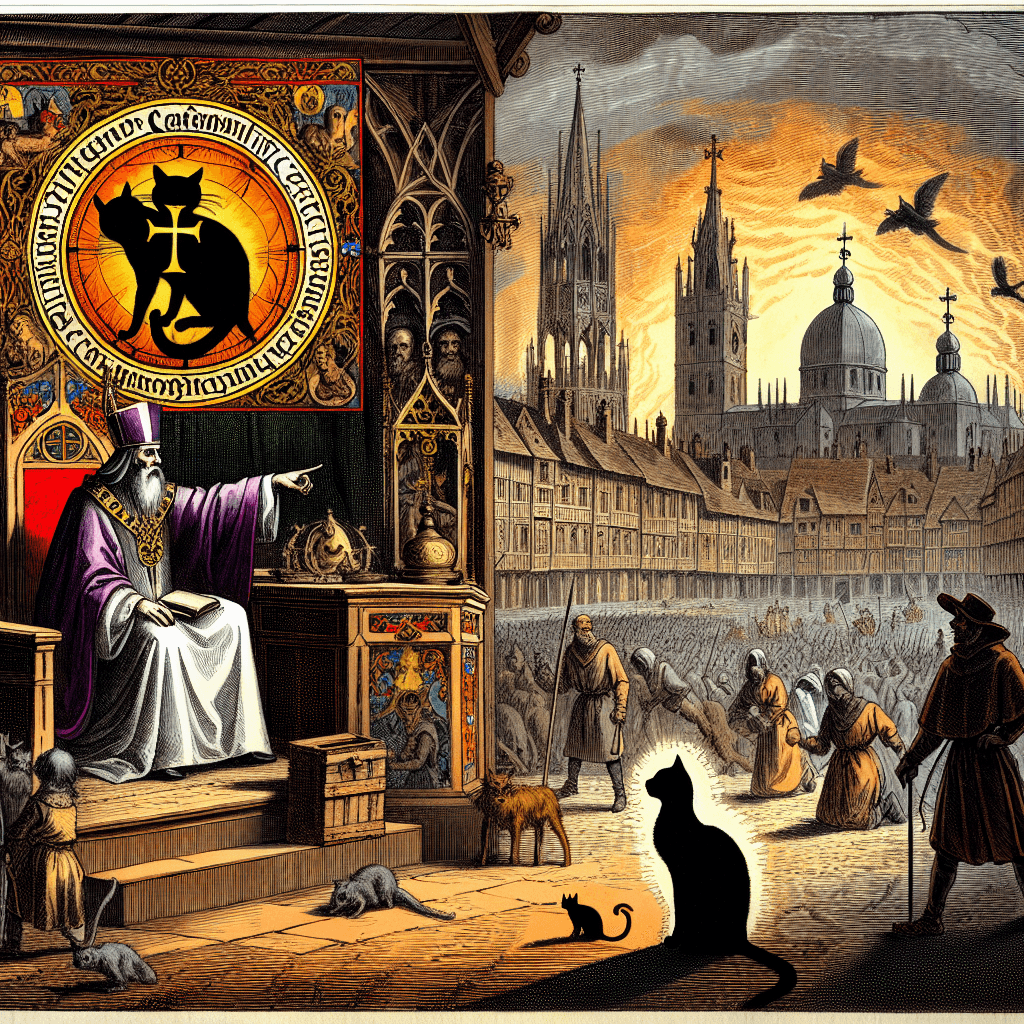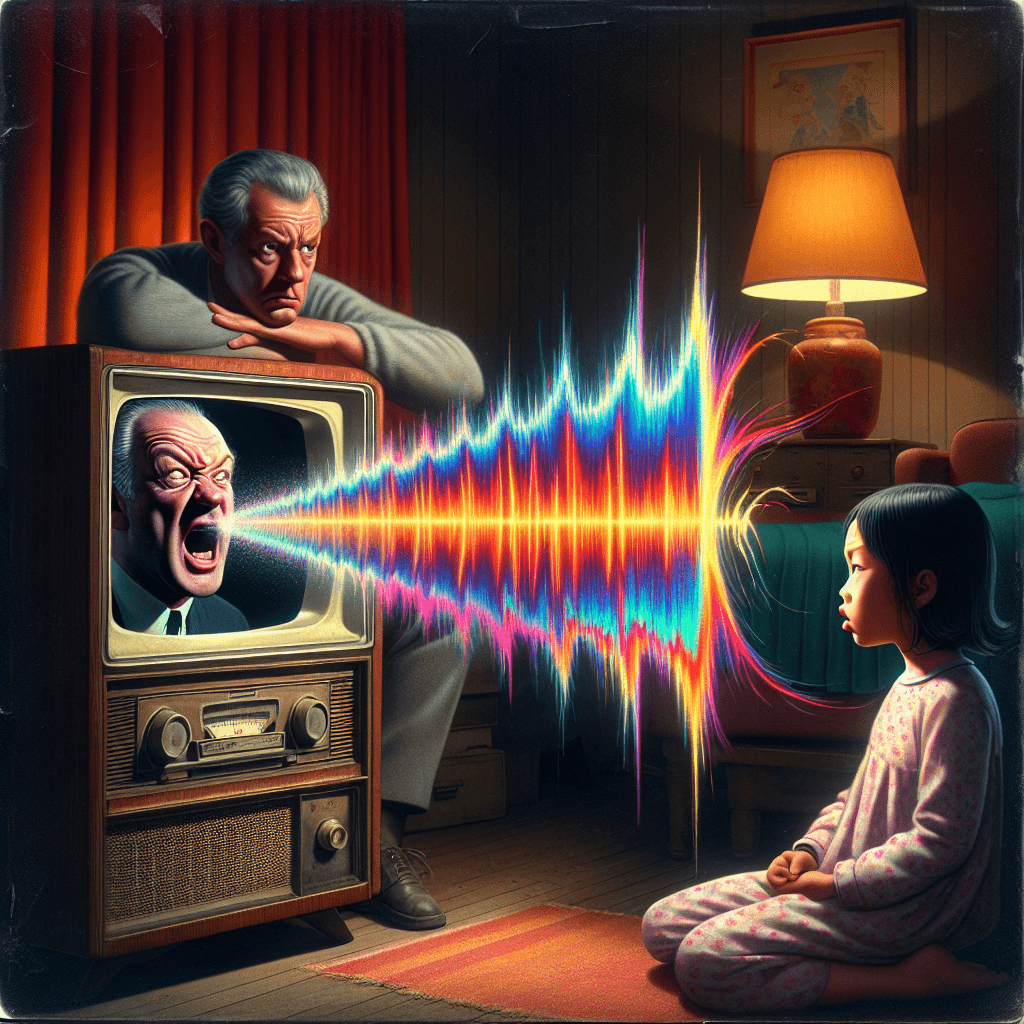Why did a medieval pope's war on cats potentially make the Black Death much worse
He declared them diabolical, but in waging war on Europe's cats, one medieval pope may have cleared the path for the rats that would carry the Black Death to millions.


Too Long; Didn't Read
A medieval pope declared cats demonic, leading to mass killings. With fewer predators, the rat population exploded. This likely worsened the Black Death, as the plague was spread by fleas on the super-abundant rats.
A Feline Scapegoat? Why a Medieval Pope's 'War on Cats' Potentially Made the Black Death Worse
It sounds like a perfect, terrifying story of unintended consequences: a powerful medieval pope declares war on cats, associating them with the devil. A century later, with Europe’s feline predators decimated, the rat population explodes, and the fleas they carry unleash the Black Death, a plague that would wipe out up to half of the continent's population. This narrative is dramatic, memorable, and frequently repeated. But is it true?
This post will investigate the popular claim of a papal war on cats and its connection to the Great Pestilence. We will sift through the historical evidence to separate the compelling myth from the more complex reality, exploring why medieval attitudes toward cats—even without a direct papal order—likely created a perfect storm for the plague to flourish.
## The Papal Bull and the Black Cat
The story begins with one specific document: the papal bull Vox in Rama. Issued by Pope Gregory IX in 1233, this decree is often cited as the starting gun for a Europe-wide cat massacre. The narrative claims the Pope explicitly condemned cats, particularly black ones, as demonic creatures, leading faithful Christians to kill them on sight.
The problem? This is a significant misreading of history.
Vox in Rama was not a general proclamation to all of Christendom. It was a letter addressed specifically to King Henry of Germany about a particular Luciferian cult operating in the region of Mainz. The bull described the cult's alleged initiation rituals in graphic detail, which included kissing a toad, a pale man, and the hindquarters of a black cat, which they believed to be an incarnation of the devil.
The document’s focus was on stamping out a specific heretical group, not on launching a crusade against an entire animal species. There is no historical evidence that this localized decree resulted in a mass, continent-wide slaughter of cats. The idea of a formal "war on cats" is a modern myth, one that simplifies a much more complicated relationship between medieval society and the feline.
## The Real Problem: Cultural Suspicion, Not Papal Decree
While Pope Gregory IX didn't order their extermination, cats were far from beloved in many parts of medieval Europe. Their independent, nocturnal nature made them objects of suspicion. Long before Vox in Rama, they were associated with pagan traditions and folklore. As the Church sought to stamp out heresy and witchcraft, cats—especially black ones—were increasingly viewed as "familiars," supernatural entities that assisted witches.
This deep-seated cultural suspicion, rather than a single papal order, meant that cats were often mistreated, feared, and killed. There was no organized campaign, but a pervasive, low-grade hostility that would have certainly suppressed the feline population in many towns and villages. Unlike dogs, which were valued for hunting and guarding, cats occupied a precarious and often dangerous position in the human world.
## An Ecological Tipping Point: The Rise of the Rat
This cultural attitude had devastating, unforeseen ecological consequences. To understand why, we must look at the mechanics of the Black Death.
The plague was caused by the bacterium Yersinia pestis. Its transmission cycle was tragically efficient:
- Bacterium: Yersinia pestis lives in the bloodstream of rodents.
- Flea: Fleas feeding on an infected rodent (most famously the black rat, Rattus rattus) ingest the bacteria.
- Rat: The black rat thrived in the burgeoning, often unsanitary, cities of medieval Europe, living in thatched roofs and walls in close proximity to people.
- Human: When a rat host died, its infected fleas would seek a new, warm-blooded host—often the nearest human.
A healthy population of cats, as natural predators, would have helped keep the rat population in check. But in a society where cats were either absent or actively persecuted, rats could multiply with little resistance. The lack of a key predator allowed the plague’s primary vector to flourish. When the plague-infected fleas arrived in Europe around 1347, they found a continent teeming with hosts, creating the perfect conditions for a pandemic.
## Conclusion: A Lesson in Unforeseen Consequences
The story of a pope's war on cats causing the Black Death is a myth. Pope Gregory IX’s Vox in Rama was a targeted condemnation of a specific cult, not a declaration of war on an entire species. However, this myth contains a kernel of ecological truth. The widespread medieval suspicion and persecution of cats, rooted in superstition and fear, likely created an environment where the rat population could boom unchecked.
While we can't blame a single papal bull, we can see how cultural beliefs had a profound and deadly impact. The lack of feline predators didn't cause the Black Death, but it almost certainly made it much, much worse. It serves as a stark historical lesson on how our misunderstanding of the natural world and the delicate balance of ecosystems can lead to catastrophe.


